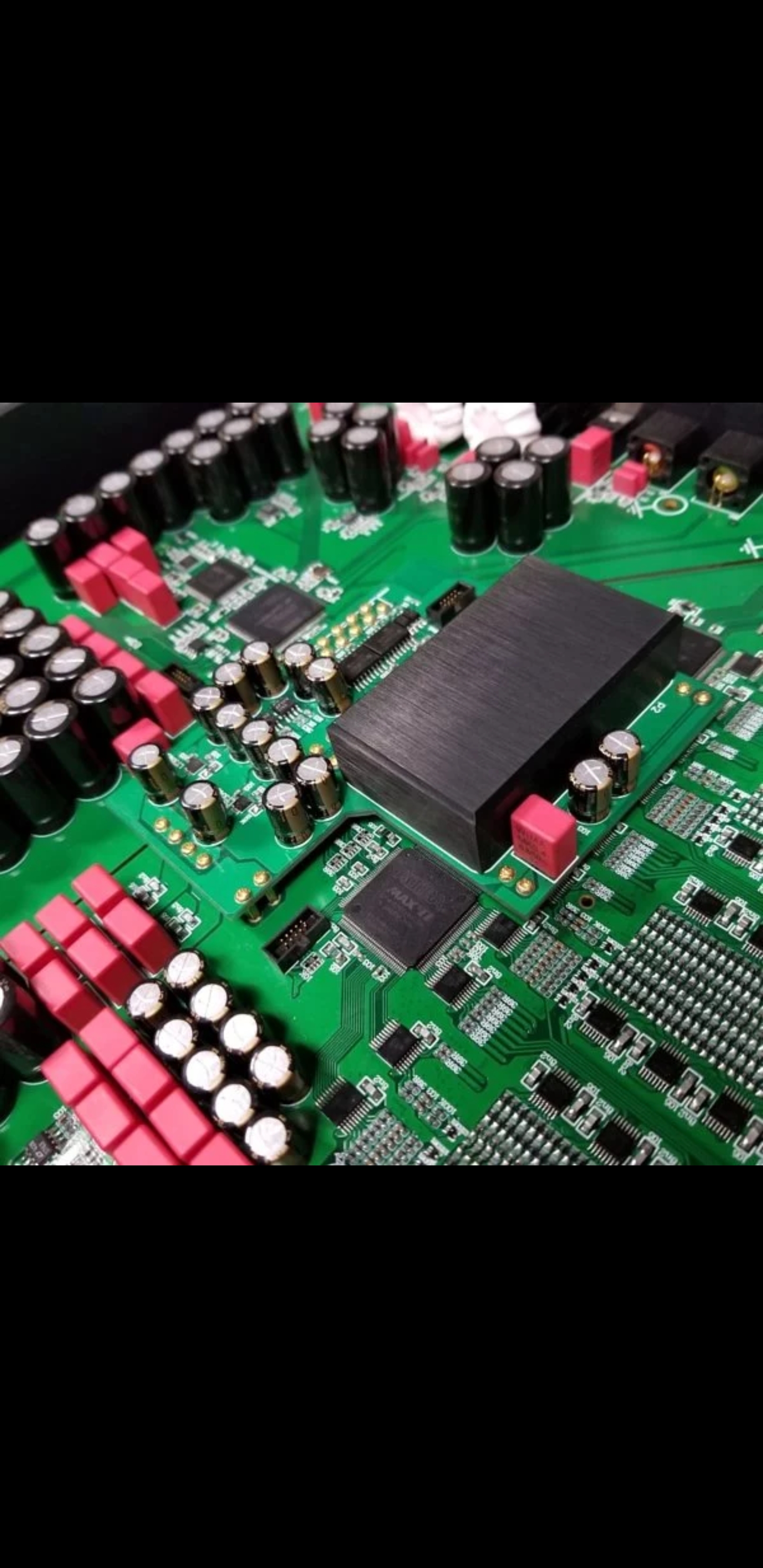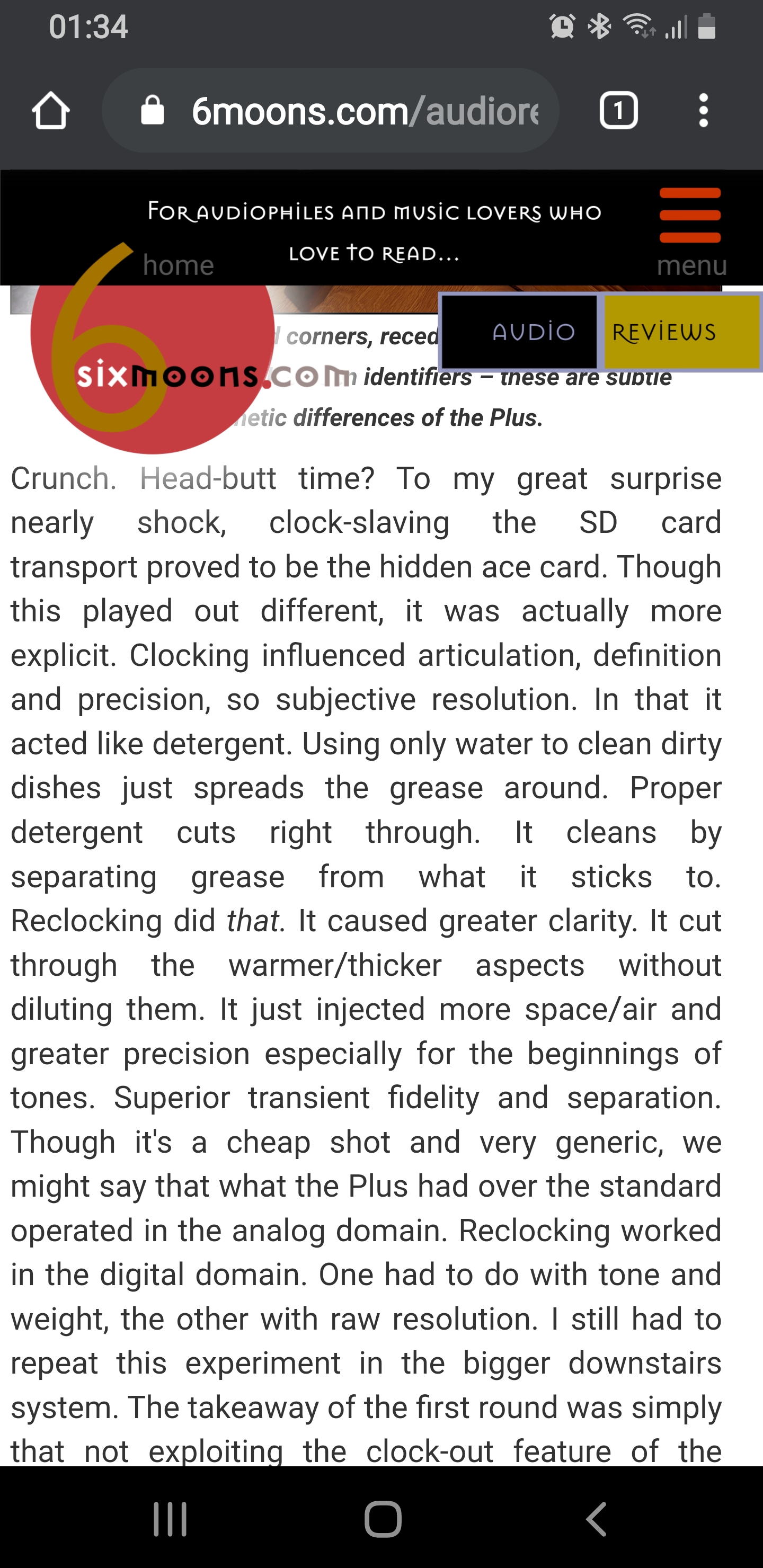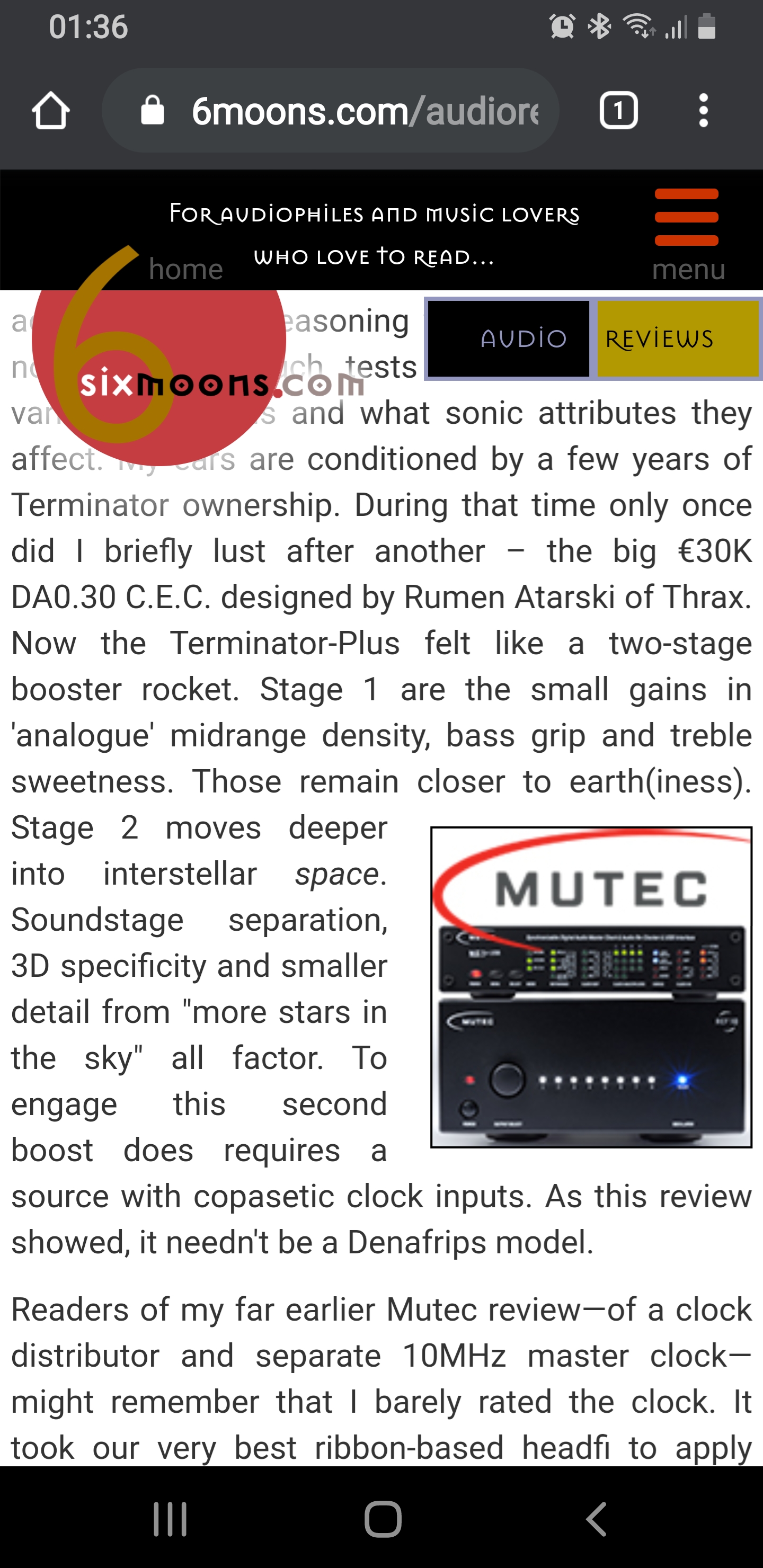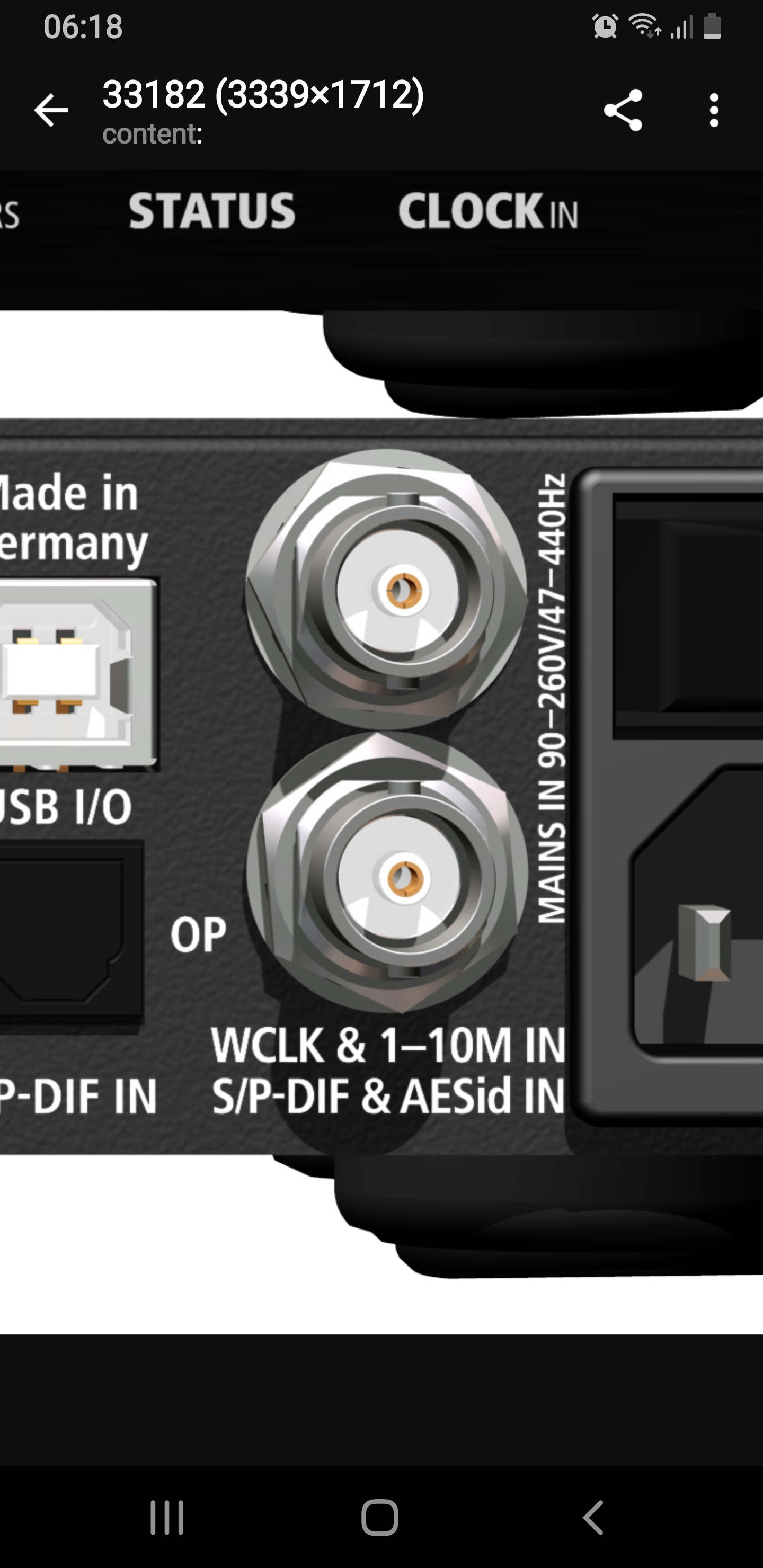Also, I was very much hoping the word clock cables wouldn't make an audible difference. Alas, a comparison between Mogami, Canare, and Apogee Wyde Eye net very discernible differences. Here's a summary of my findings with about 100 hours on each (except the Apogee):
Canare - Least impressive of the bunch. Small soundstage, bloated lower frequencies, and grit in the treble. I don't know if this is specific to the brand of pre-built cable I purchased (
https://www.sweetwater.com/store/detail/WDCS1.5--pro-co-1.5-foot-premium-canare-word-clock-cable) or if 100 hrs wasn't enough time for it to fully settle in.
@richardloh - I see you bought a Canare cable. Note that yours looks completely different from mine, and I have Neutrik Gold connectors, so my experience likely isn't representative of what you'll experience.
Mogami - Always smooth, but started out with bloated bass. Over the course of a few days, it tightened up to the point where it was so tight it became borderline sterile. The sound stage is so big and the decay is so short, it's the HD800 of clock cables (without the fatigue). This cable showed me what I was missing with the Canare.
Apogee Wyde Eye - I only have about 10 hours on this cable. It lacked some treble and the treble it did have was edgy out of the box. Just in the 10 hours, the treble increased a bit in quantity and largely smoothed out. I'm left with this incredibly smooth (especially in the mids and bass), thick (but not bloated) sound and a sound stage that exposes the layers of depth beautifully. It's the smoothness of this cable that allows you to hear the further layers without any obstructions. It doesn't have the pinpoint accuracy of the Mogami, but the flow of the music and holography of the sound stage are really something. I know I'm rambling about this cable, but it's really unlike anything else I've heard. Most cables, the sound stage has layers, but usually with limits. For instance, a little outside your head to really outside your head OR inside your head to a little outside your head. The Apogee spans the entire gamut. As of now, tonally, it's the LCD4 of clock cables.
All of these are obviously my perceptions on my system, but interesting to see something as simple as a clock cable making such impact on the sound presentation. I'm going to spend a few more days with the Apogee and see how things play out. I can't say whether the Apogee or Mogami is better - system matching and preferences would play heavily into this.
One other thing.. the Apogee sounded distinctly better when I realized it is a directional cable and I flipped it around (the arrows are easy to miss). Like the clock cable itself, the directionality was another thing I didn't expect to make a difference. The audio rabbit hole is deeeep.


































